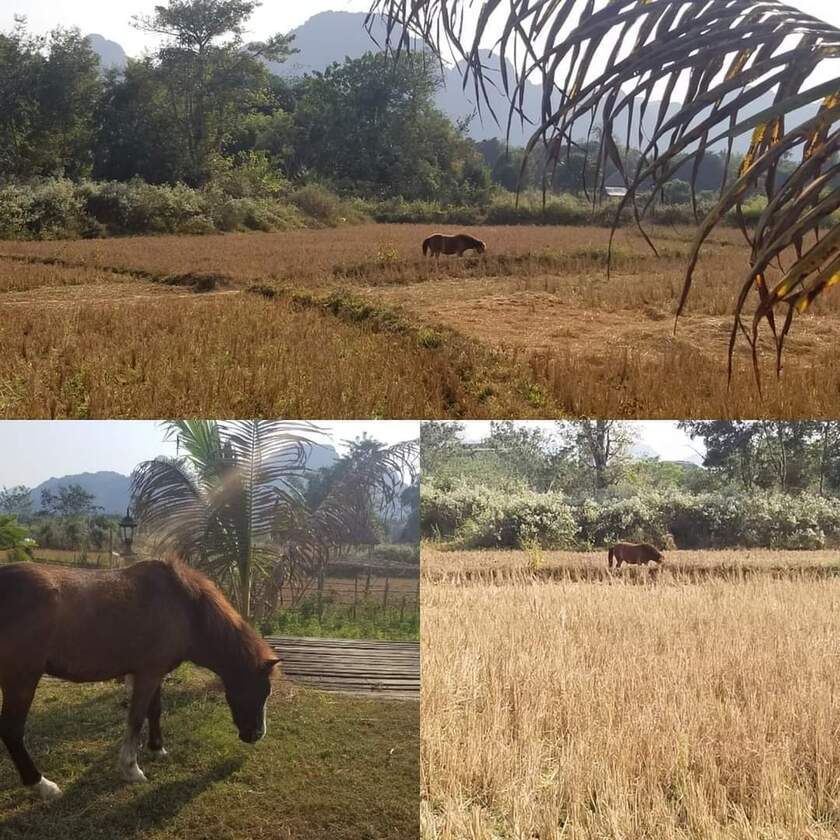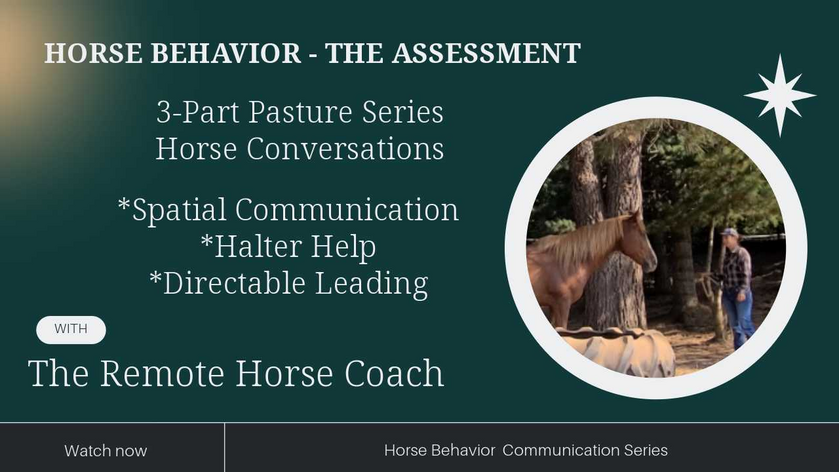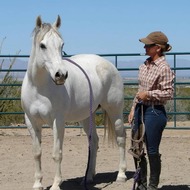
I often hear people talking about how it feels like they're guessing with their horse, they don't know where to start, or they don't know where/why things fall apart, creating unwanted equine behaviors.
The goal of this 2-part livestream is to help adjust the human perspective on how they observe the horse. Then to connect how their Observations can lead to developing Adaptable horse skills, to address the equine in both a real time and relevant manner.
Observation Opportunities
Sept 7th 9am pdt
Adaptable Interactions
Sept 14th 9am pdt
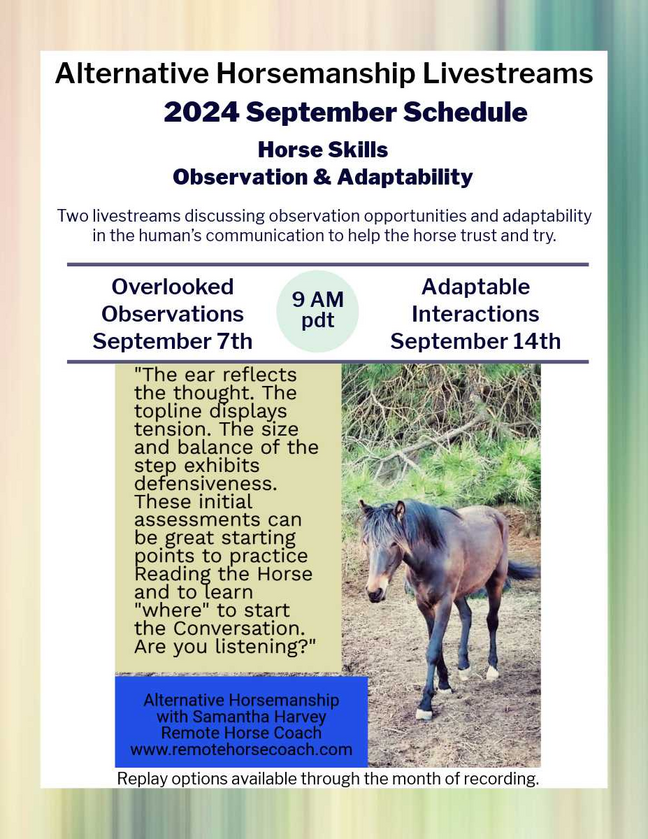
Horse Training Tips
Teaching the Horse to Learn how to learn, think, search, and try while building his confidence, willingness, and adaptability.
Full video on the Alternative Horsemanship YouTube Channel
#alternativehorsemanship #horses #horsetraining #horsebehavior
Equine Emergencies & Horse Evacuations
Please comment, like & share
Emergency Evacuation YouTube Video 1
https://youtu.be/52RflMZoP4w
Emergency Evacuation YouTube Video 2
https://youtu.be/jRCmOTq9mto
Sound on
This was a horse I met in South America this past winter. He hadn't been caught in years. He'd put multiple people in the hospital. Everyone thought he was crazy.
I wanted to share a glimpse into the interactions I had with this horse in particular as I think it's a great opportunity and reminder for people to recognize how often we are relying on the smallness of the area we are working on or some form of containment in order to mask the areas in which some of our horse skills could use some refinement.
When you don't have the option of coercing the horse into compliance, the level at which you focus on improving yourself greatly increases.
I understand that most people would not find themselves in the situation that I am in with this horse, but sometimes I don't think people realize what is possible because their perspective and experience is limited.
So, even if you never are in a situation such as what is shared in this video, I hope that it motivates you to recognize the ...
Join Alternative Horsemanship™ the Remote Horse Coach as she shares unedited first session assessments of working with a 10-13 year old horse, breed unknown, past unknown. Offering voice-overs to explain how the real-time assessment occurs, what to look for in the horse's feedback, recognizing patterns, and much more.
Initial Assessment 3-part series focuses on
Spatial Awareness
Defensive Behaviors
Physical Triggers
https://remotehorsecoach.uscreen.io/orders/complete_order?o=187097
First Pasture Session - The 3-part series focuses on
Spatial Communication
Halter Help
Directable Leading
Bonus video- After the Session
https://remotehorsecoach.uscreen.io/orders/complete_order?o=187250
Below are some basic questions to ask in regards to your horse’s health.
I suggest keeping a horse health journal making note of diet changes, farrier care, odd behaviors, etc. It can be used as a future reference point to learn from and find what works best for the horse.
Taking pictures from both profiles, front, and rear every six months can also be a good reference.
For those who experience dramatic seasons and environmental changes and for those who have had the same horse(s) for a long time, patterns often occur out of convenience in the horse’s maintenance program.
As the horse gets older possible adjustments may need to be made to the program.
What is the general condition of your horse's mane and coat?
Weight-wise does your horse look consistent or does he look like he is carrying extra weight or pockets of fat, especially along his neck and hindquarters?
What does your horse's hoof condition look like?
Do you notice if there are changes or ridges on the outside of the hoof?
Have you taken pictures from ...
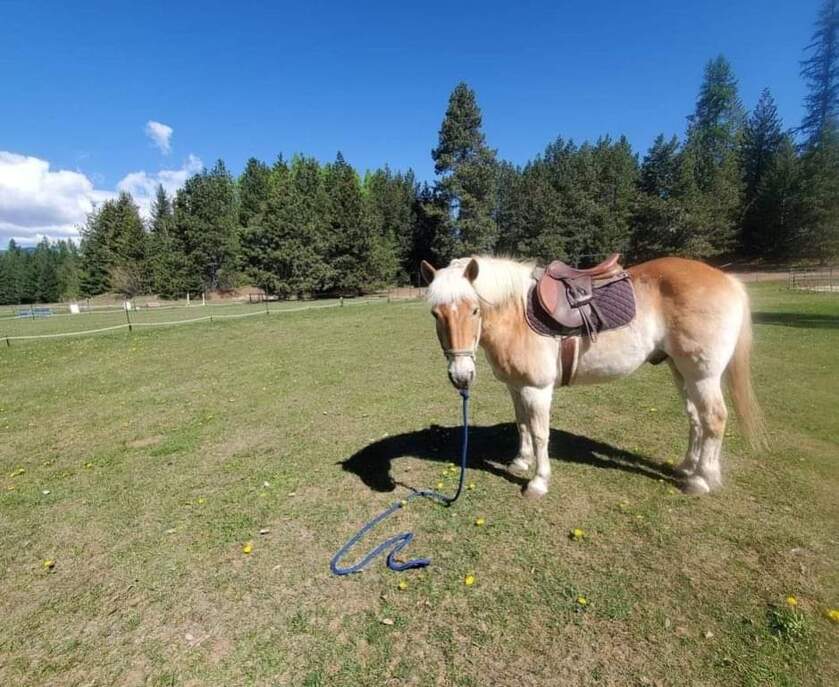
One of the challenges in offering instruction is to communicate clearly with students AND horses. As I overhear, read or watch many “horse training” sessions/clinics I find that there’s a general lack of “connection” in the student’s ability to understand how the “here and now,” especially in how the quality of their ground work is, relates to their future ride.
Often new students are able to “talk the lingo,” sounding like they’ve seen a lot, and attempt to go through the steps or concepts they've been taught, but are still experiencing problems with their horse.
After watching other riders or professionals, too many students try to imitate “how it’s supposed to look,” for a specific exercise, task, etc. with no concept as to what the point is of what they are asking their horse to do.
Unfortunately, this diminishes the student's focus on being “present” when they are working with their horse in the “here and now,” because they are fixating on the task accomplishment ...
